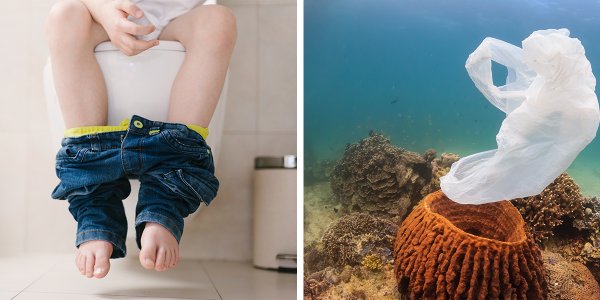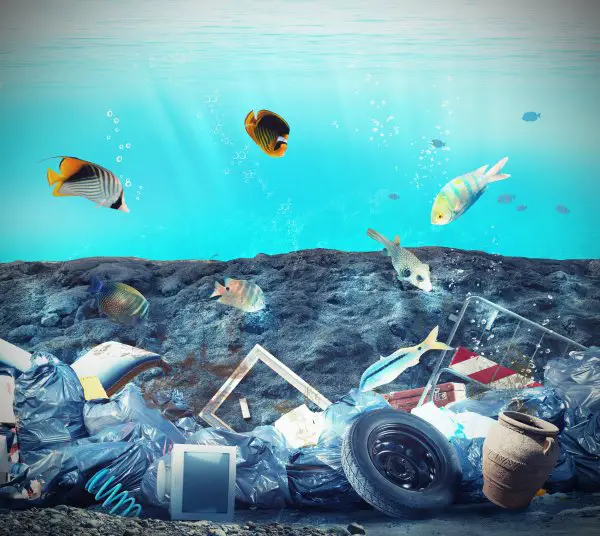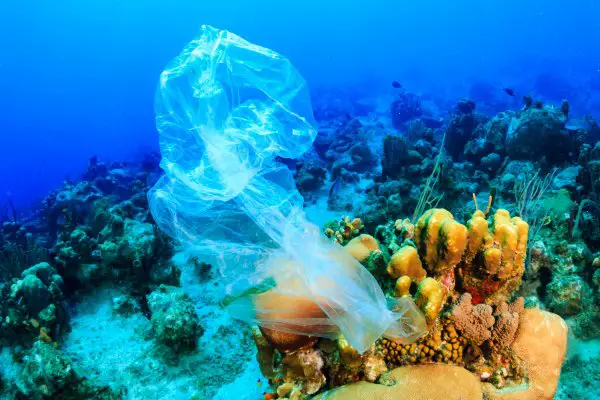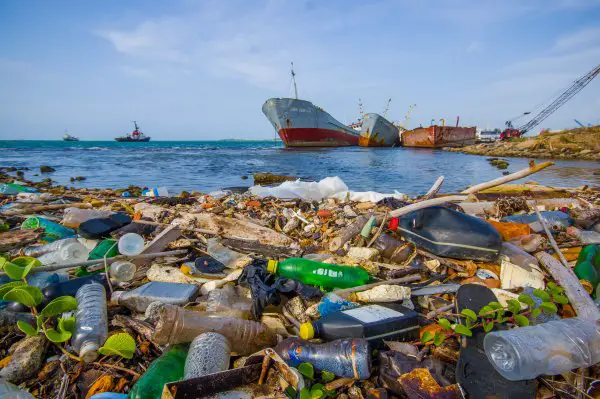Micro-Plastics Found In Human Feces For The First Time Ever
Tags: News

By Mayukh Saha
Yes. You heard that right! In a first, micro-plastic has been found in the stool of humans. Now, while that may look nothing out of the ordinary when you consider the amount of plastic an average human consumes daily, what does this study tell us actually? For, not all the micro-plastic present in our stool could come from packaged food. Some ought to come from different places, even from the air surrounding us. The main question stands, is it harmful? Will it actually harm humans?
Now, before we delve into it, we must know something about micro-plastics. Micro-plastics, as the very name suggests, are extremely small pieces of plastic that have the width that is five times lower than that of a human hair. Imagine rubbing your jacket or shirt or anything for the matter. The amount of dust that rises from it has a major proportion of micro-plastics.
Now, how does that reach the human body? There are two ways. One, through the air. As in, we breathe in oxygen and also consume millions of tiny micro-plastics. Scientists wonder if it is possible for such tiny nodes to go through the air passage and enter the different organs of the body. And if that is the case, does it have repercussions? The other way is almost as alarming. The waste gets dumped into the sea and planktons eat it.

Now, it gets passed through the food chain, and ultimately reaches us, humans. We eat it, digest it, or well, try to. And our stool ultimately puts it back into the world. Chelsea Roman, an ecologist who has studied the consequences of micro-plastics on fish is of the opinion that this discovery was not surprising to her.
The study that brought forth this information involved 8 individuals of whom three regularly chewed gum, while the rest 5 ate seafood. The participants belonged to seven countries from all across Europe. It was conducted by Philipp Schwabl, a gastroenterologist at the Medical University of Vienna. At the end of the month, it would be safe to say that all of them had consumed atleast some amount of plastic through the packaged food or the seafood. Interestingly, that wasn’t all. They also drank water out of a PET bottle, which again, is plastic.

The conducting researchers did caution us that the study was too concentrated to be giving out a generalized statement. And it could very well depend on what a human ate and what they didn’t. Things could be very different over a large scale, but nonetheless, this information was important. The research laboratory at Environmental Agency, Austria tested for at least 10 different forms of plastic of which they got hold of 9, PET and Polypropylene being the most common. These two constituents are usually found in bottles and synthetic clothes.
To add to it, there has been an upsurge in this research sector, with a professor, Richard Thompson, from the University of Plymouth who is conducting researches on the amount of plastics found in seafood. A marine scientist and professor, he had been rendered speechless at the amount of micro-plastics found in our stool.

Earlier this year, Thompson had put forward a report that stated the amount of micro-plastics present in food, with the two ways being airborne or mussels. Surprisingly, the amount of it that was air-borne far outnumbered the mussels. Talking about PET and Polypropylene, he mentioned that it could not only come from bottles and clothes but also from several other sources like curtains and else. But, what is needed is the awareness that plastic could get through the body and work its way inside.
Over 5000 people have downloaded our free ebook “Growth Hacking Tips And Rituals For Optimal Living” CLICK HERE to get your free copy now
Philipp Schwabl, the lead scientist in this study has clearly mentioned time and again that their study was simply based on knowing that plastics could be present in humans. Now, whether these plastics are harmful or toxic is going to be researched another time. For the time being, the knowledge will help in furthering more studies.
IMAGE CREDIT1: Daniel Jędzura
IMAGE CREDIT2: Richard Whitcombe
Leave Comment: